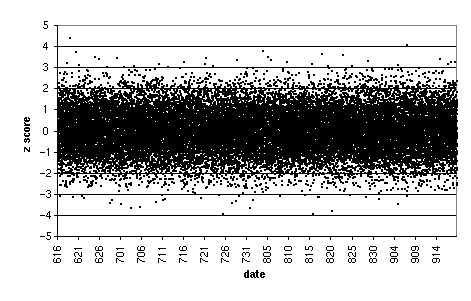
Return to GCP
Home.
A popular version of this article is in the IONS Review.
Global Consciousness Project Analysis for September 11, 2001
Dean Radin
Institute of Noetic Sciences
Based upon an analysis of 3 months of GCP data, I conclude that a statistical anomaly occurred that was associated with the date, time and general location of the terrorist attacks of September 11, 2001. There is also evidence that the anomaly began to appear a few hours before the widely visible events unfolded.
Data analysis procedure
download daily raw datafile for June 16 through September 20, 2001
calculate daily empirical mean and sd per egg
exclude any raw egg values less than or equal to 50 or more than or equal to 150, and eggs with daily empirical means > 103 or < 97, or sd > 6 or sd < 8 (these thresholds are used as indicators that the eggs malfunctioned; well over 99% of the egg data were usable)
use resulting mean & sd to calculate a t-score (199df) per egg, per day
t (199df) is approximately equal to z, calculate z-squared per egg
sum up all z-squares across eggs, per day, keeping track of the number of eggs
create 5-minute consolidations of the per-second data, as sums of z-squares
analyze data using 6 hour sliding window
calculate z score equivalent for the resulting chi-squares & df
calculate odds associated with the z scores
plot results

Figure 1. z scores of 5-minute summaries, across all eggs, June 16 - September 20, 2001.
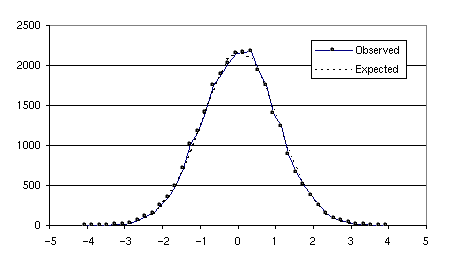
Figure 2. Histogram of observed and expected z scores in Figure 1, illustrating that overall the eggs are well-behaved. The theoretical mean for z scores = 0; the observed mean is z = -0.0008. The theoretical standard deviation is 1, the observed sd = 0.9977. The Stouffer Z for the observed mean shift is z = -0.130.
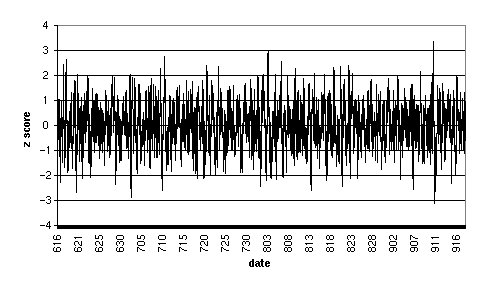
Figure 3. z scores associated with 6-hour sliding
window applied to z scores in Figure 1.
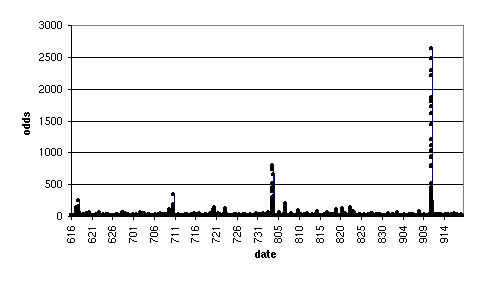
Figure 4. One tailed odds against chance for z scores
in Figure 3. The large peak is September 11, 9:30 AM.
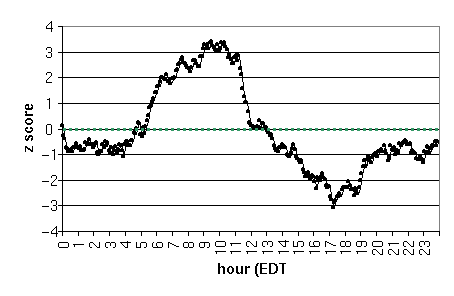
Figure 5. Subset of z scores from Figure 3, for
September 11, 2001. The probability of dropping 6.5 standard
deviations in a period of 8 hours or less, determined by randomized
permutation analysis applied to data from June 15 to Sept 18, is p =
0.002.
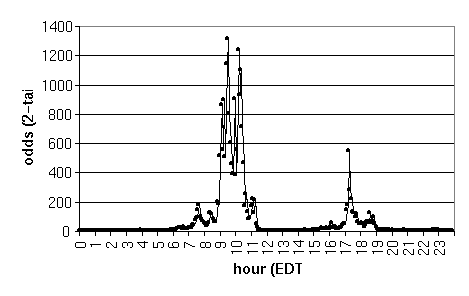
Figure 6. Two-tailed odds against chance for z scores in Figure 5.
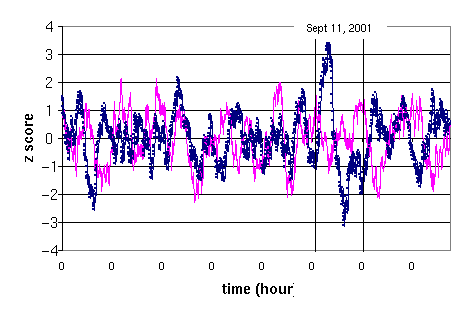
Figure 7. Observed z scores (in blue, 6-hour sliding
window, September 3 to 13) vs. similar scores (in pink) using
pseudorandomly generated data. This confirms that the analytical
method does not introduce artifacts into the results. The "0"
on the x-axis indicates the beginning of a day boundary.
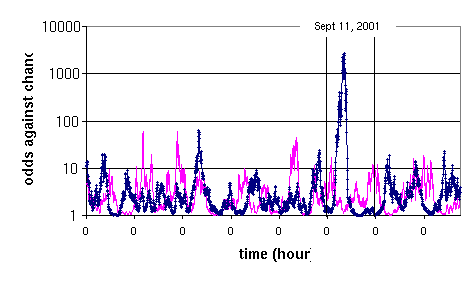
Figure 8. One-tailed odds associated with the z scores
in Figure 5, on a log scale.
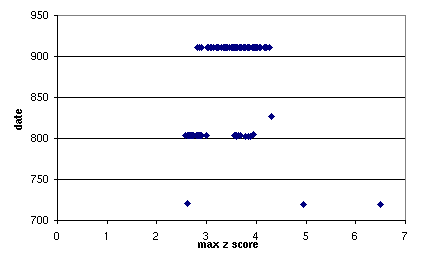
Figure 9. Dates associated with maximum z scores obtained after applying sliding windows ranging from 5 minutes to 12 hours in length, in 5 minute increments (a total of 144 windows), to data from July 15 - September 16. The date where the majority (60%) of the maximum z scores occurs is September 11. This indicates that the anomaly observed on September 11 is not especially sensitive to the choice of specific window lengths.
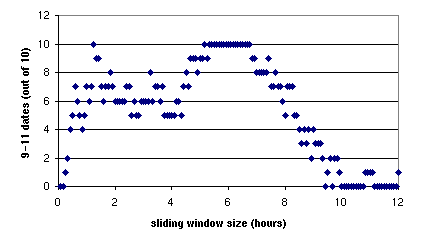
Figure 10. Number of times that September 11appears in
the top 10 maximum z scores, after applying the 144 different window
lengths. The majority of maximum z scores appears in window lengths
ranging from 5.2 to 6.8 hours, suggesting that the length of the
"event" on September 11 may be in this range.
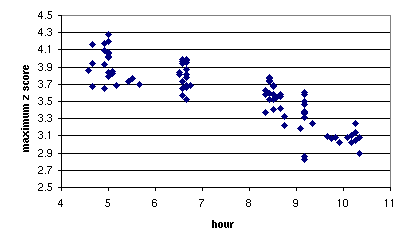
Figure 11. Time of day associated with sliding windows
resulting in maximum z scores observed on September 11. The
clustering of times suggests that the "event" may have had
three especially meaningful moments.
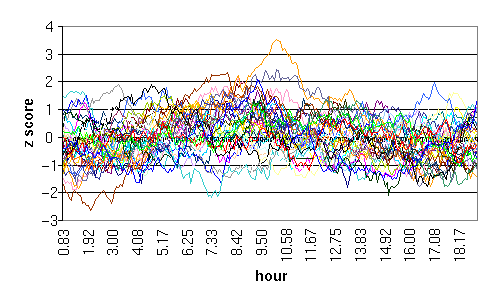
Figure 12. z scores associated with individual eggs
shown in composite in Figure 5.
|
Egg |
Type |
Host |
Category |
Hemisphere |
|
111 |
Auckland |
New Zealand |
Australia |
East |
|
161 |
Sydney |
Australia |
Australia |
East |
|
1024 |
Auckland |
New Zealand |
Australia |
East |
|
37 |
Neuchâtel |
Switzerland |
Europe |
East |
|
101 |
Edinburgh |
Scotland |
Europe |
East |
|
105 |
Paris |
France |
Europe |
East |
|
107 |
Freiburg |
Germany |
Europe |
East |
|
112 |
Neuchâtel |
Switzerland |
Europe |
East |
|
116 |
Wien |
Austria |
Europe |
East |
|
134 |
Malmö |
Sweden |
Europe |
East |
|
142 |
Søborg |
Denmark |
Europe |
East |
|
1022 |
Braunschweig |
Germany |
Europe |
East |
|
2006 |
England |
England |
Europe |
East |
|
2173 |
Toulouse |
France |
Europe |
East |
|
114 |
Madras |
India |
Other |
East |
|
119 |
Grahamstown |
South Africa |
Other |
East |
|
1026 |
Bangalore |
India |
Other |
East |
|
2225 |
Sheva |
Israel |
Other |
East |
|
108 |
Sao |
Brazil |
South Am |
West |
|
1013 |
Mogi |
Brazil |
South Am |
West |
|
1 |
NJ |
USA |
USA |
West |
|
28 |
NJ |
USA |
USA |
West |
|
34 |
NJ |
USA |
USA |
West |
|
106 |
NY |
USA |
USA |
West |
|
110 |
CO |
USA |
USA |
West |
|
115 |
Alberta |
Canada |
North Am |
West |
|
118 |
CA |
USA |
USA |
West |
|
226 |
Ontario |
Canada |
North Am |
West |
|
1005 |
CA |
USA |
USA |
West |
|
1021 |
CA |
USA |
USA |
West |
|
1029 |
NC |
USA |
USA |
West |
|
1223 |
NC |
USA |
USA |
West |
|
2000 |
WI |
USA |
USA |
West |
|
2001 |
CA |
USA |
USA |
West |
|
2002 |
TX |
USA |
USA |
West |
|
2222 |
MI |
USA |
USA |
West |
Table 1. This lists the egg numbers and their associated locations in terms of state or region, country, continent (roughly), and hemisphere.
|
Category |
z(9:10 AM) |
|
West Hemi |
3.14 |
|
East Hemi |
1.57 |
Table 2. Analysis of 6-hour windowed Stouffer Z scores associated with 9:10 AM, September 11, by combining all eggs within each hemisphere. This suggests that a larger effect "occurred" in the Western hemisphere.
|
Category |
Num |
z(9:10 AM) |
|
Australia |
3 |
1.12 |
|
Europe |
11 |
0.34 |
|
Other |
4 |
1.80 |
|
South Am |
2 |
2.15 |
|
North Am |
16 |
2.57 |
Table 3. Analysis of 6-hour windowed Stouffer Z scores at 9:10 AM, by country, possibly suggesting that the primary "effect" took place in North America.
|
Region |
Num |
Comp Peak |
|
East |
7 |
3.0 |
|
Middle |
5 |
0.9 |
|
West |
4 |
0.2 |
Table 4. Analysis of North American eggs, suggesting that the primary "effect" was in the East coast.
Summary: Through analysis of 144 sliding windows, from 5 minutes to 12 hours, in 5 minute increments, we find that over a period of 3 months, one date is associated with a statistical anomaly: September 11, 2001. On this date, the time range appearing most often is 6 AM - 10 AM, peaking around 9:00 - 10:00 AM, and the location primarily the East Coast of the USA.